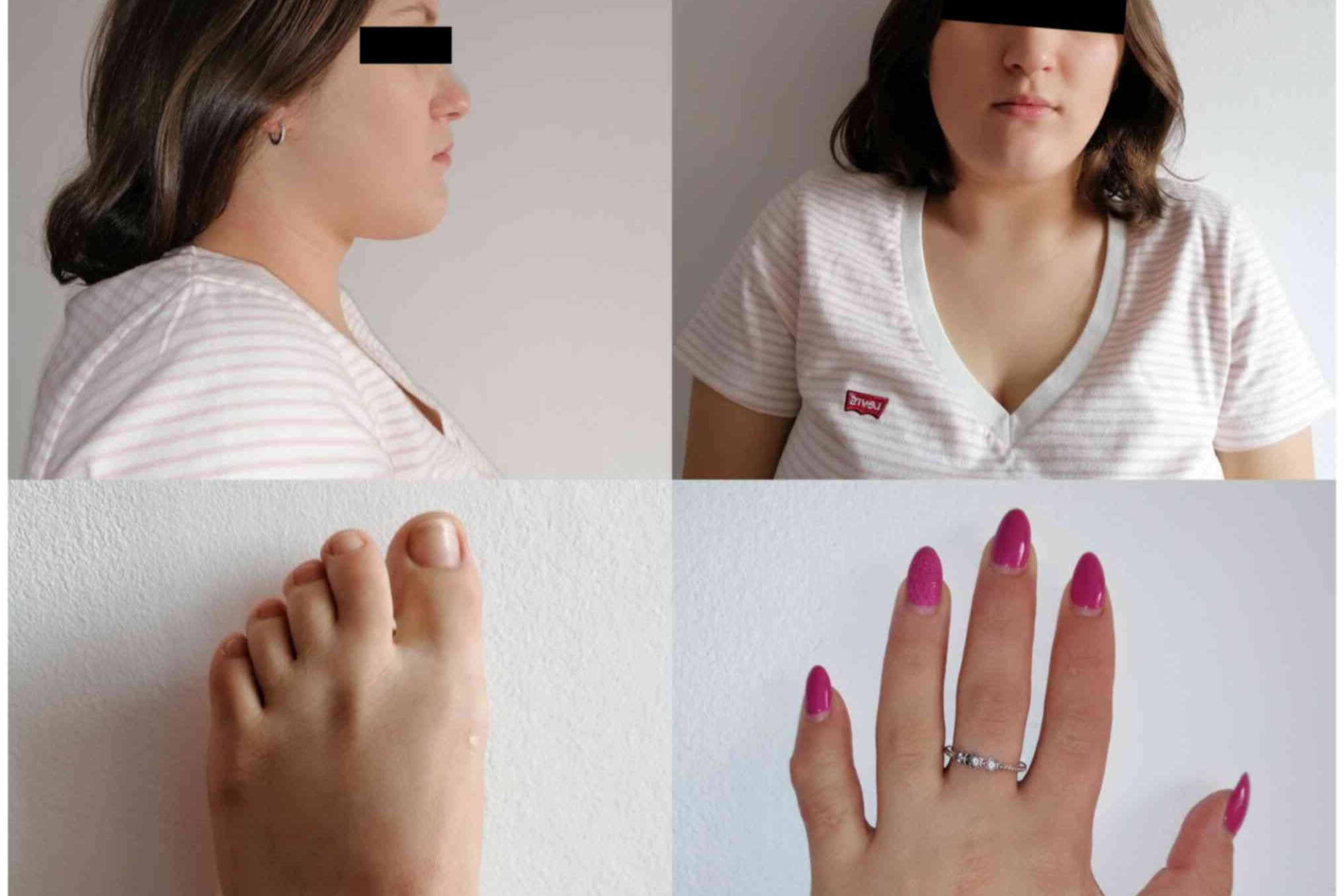
Ruvalcaba–Myhre Syndrome is a rare genetic disorder that affects multiple parts of the body. Characterized by developmental delays, distinctive facial features, and various physical abnormalities, this condition can significantly impact daily life. Caused by mutations in the PTEN gene, it often leads to overgrowth of tissues and an increased risk of certain cancers. Symptoms can vary widely, making diagnosis challenging. Early intervention and specialized care are crucial for managing the condition. Understanding the complexities of Ruvalcaba–Myhre Syndrome can help families and healthcare providers offer better support and treatment options. Here are 25 essential facts to help you grasp the basics of this intricate syndrome.
Key Takeaways:
- Ruvalcaba–Myhre Syndrome (RMS) is a rare genetic disorder caused by mutations in the PTEN gene. It can lead to physical, cognitive, and medical challenges, requiring multidisciplinary management and regular screenings for potential complications.
- Individuals with RMS may experience a range of symptoms, including macrocephaly, skin lesions, intestinal polyps, developmental delays, and an increased risk of certain cancers. Early intervention and supportive therapies play a crucial role in improving their quality of life.
What is Ruvalcaba–Myhre Syndrome?
Ruvalcaba–Myhre Syndrome (RMS) is a rare genetic disorder characterized by a variety of symptoms affecting multiple body systems. This condition is also known as Bannayan-Riley-Ruvalcaba syndrome. Let's dive into some fascinating facts about RMS.
-
RMS is caused by mutations in the PTEN gene, which plays a crucial role in regulating cell growth.
-
The syndrome is inherited in an autosomal dominant pattern, meaning one copy of the altered gene is enough to cause the disorder.
-
Symptoms of RMS can vary widely, even among members of the same family.
-
Common features include macrocephaly (an abnormally large head), intestinal polyps, and pigmented skin lesions.
-
Individuals with RMS often have developmental delays and learning disabilities.
Physical Characteristics of RMS
The physical manifestations of Ruvalcaba–Myhre Syndrome can be quite distinct. Here are some key physical traits associated with this condition.
-
Macrocephaly is one of the hallmark features, often noticeable at birth or early childhood.
-
Skin lesions, known as trichilemmomas, typically appear around the mouth, nose, and ears.
-
Intestinal polyps, which are benign growths in the intestines, are common and can lead to gastrointestinal issues.
-
Lipomas, or benign fatty tumors, may develop under the skin.
-
Some individuals may have a high-arched palate or other dental anomalies.
Developmental and Cognitive Aspects
RMS doesn't just affect physical appearance; it also impacts cognitive and developmental aspects. Here are some insights into these challenges.
-
Developmental delays are common, often affecting motor skills and speech.
-
Learning disabilities can range from mild to severe, requiring special education services.
-
Behavioral issues, such as ADHD or autism spectrum disorders, may be present.
-
Early intervention and therapy can significantly improve developmental outcomes.
-
Regular monitoring by a team of specialists is essential for managing cognitive and developmental issues.
Medical Complications
Ruvalcaba–Myhre Syndrome can lead to various medical complications that require ongoing management. Here are some potential health concerns.
-
Gastrointestinal issues due to intestinal polyps can include bleeding, pain, and obstruction.
-
Increased risk of certain cancers, particularly breast, thyroid, and endometrial cancer, is associated with RMS.
-
Regular cancer screenings are recommended for early detection and prevention.
-
Cardiovascular issues, such as heart defects or high blood pressure, may occur.
-
Hormonal imbalances, including thyroid disorders, are also common.
Diagnosis and Treatment
Diagnosing and treating RMS involves a multidisciplinary approach. Here are some important aspects of managing this condition.
-
Genetic testing can confirm the diagnosis by identifying mutations in the PTEN gene.
-
Regular medical check-ups and screenings are crucial for monitoring health and preventing complications.
-
Surgical removal of intestinal polyps may be necessary to prevent gastrointestinal issues.
-
Hormone replacement therapy can help manage thyroid disorders and other hormonal imbalances.
-
Supportive therapies, such as physical, occupational, and speech therapy, can improve quality of life for individuals with RMS.
Final Thoughts on Ruvalcaba–Myhre Syndrome
Ruvalcaba–Myhre Syndrome, though rare, impacts many lives. Understanding its symptoms, causes, and treatments helps those affected and their families. Genetic mutations in the PTEN gene cause this condition, leading to various physical and developmental challenges. Early diagnosis and intervention can improve quality of life. Medical professionals and researchers continue to explore new treatments and support options.
Awareness and education about Ruvalcaba–Myhre Syndrome are crucial. Sharing information helps reduce stigma and fosters a supportive community. If you or someone you know is affected, seek medical advice and connect with support groups. Knowledge empowers us to make informed decisions and advocate for better care.
Stay informed, stay supportive, and remember that every bit of awareness makes a difference. Together, we can improve the lives of those living with Ruvalcaba–Myhre Syndrome.
Frequently Asked Questions
Was this page helpful?
Our commitment to delivering trustworthy and engaging content is at the heart of what we do. Each fact on our site is contributed by real users like you, bringing a wealth of diverse insights and information. To ensure the highest standards of accuracy and reliability, our dedicated editors meticulously review each submission. This process guarantees that the facts we share are not only fascinating but also credible. Trust in our commitment to quality and authenticity as you explore and learn with us.
